✪ BF-220 Dagon – The Reich’s Black Bird (1948–1955)
🔧 1. Genesis of the Project (1945–1947)
Following the defeat of the Allies on the Western Front and the occupation of Great Britain, Nazi Germany entered a period of technological euphoria. Despite being bogged down in the East against the USSR, the High Command gambled everything on air superiority to break the stalemate.
Project Goals:
Develop a fast bomber and long-range interceptor to counter American B-29s and Soviet heavy bombers.
Achieve near-supersonic speeds (close to Mach 1).
Include internal weapon bays to reduce drag.
Introduce a platform capable of testing cutting-edge radar and communication systems.
The project was handed to Blohm & Voss under the code name "Projekt Dagon", referencing a fearsome mythological sea deity.
✈️ 2. Design and Prototypes (1947–1949)
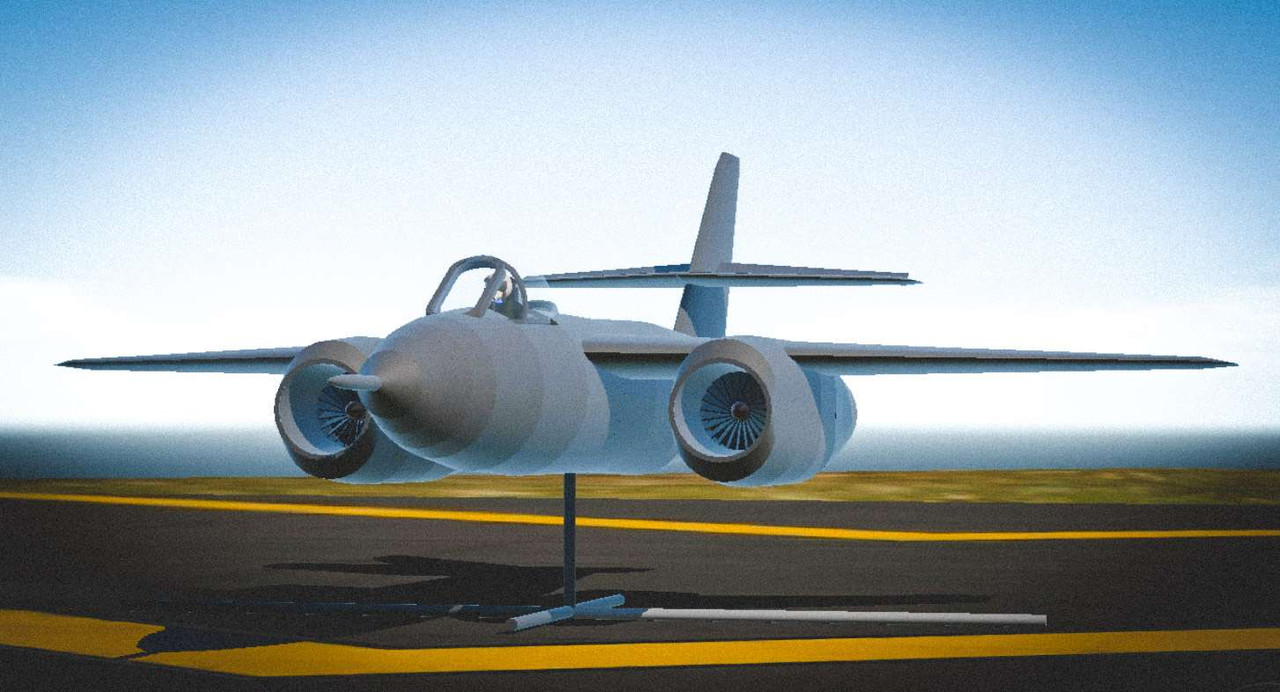
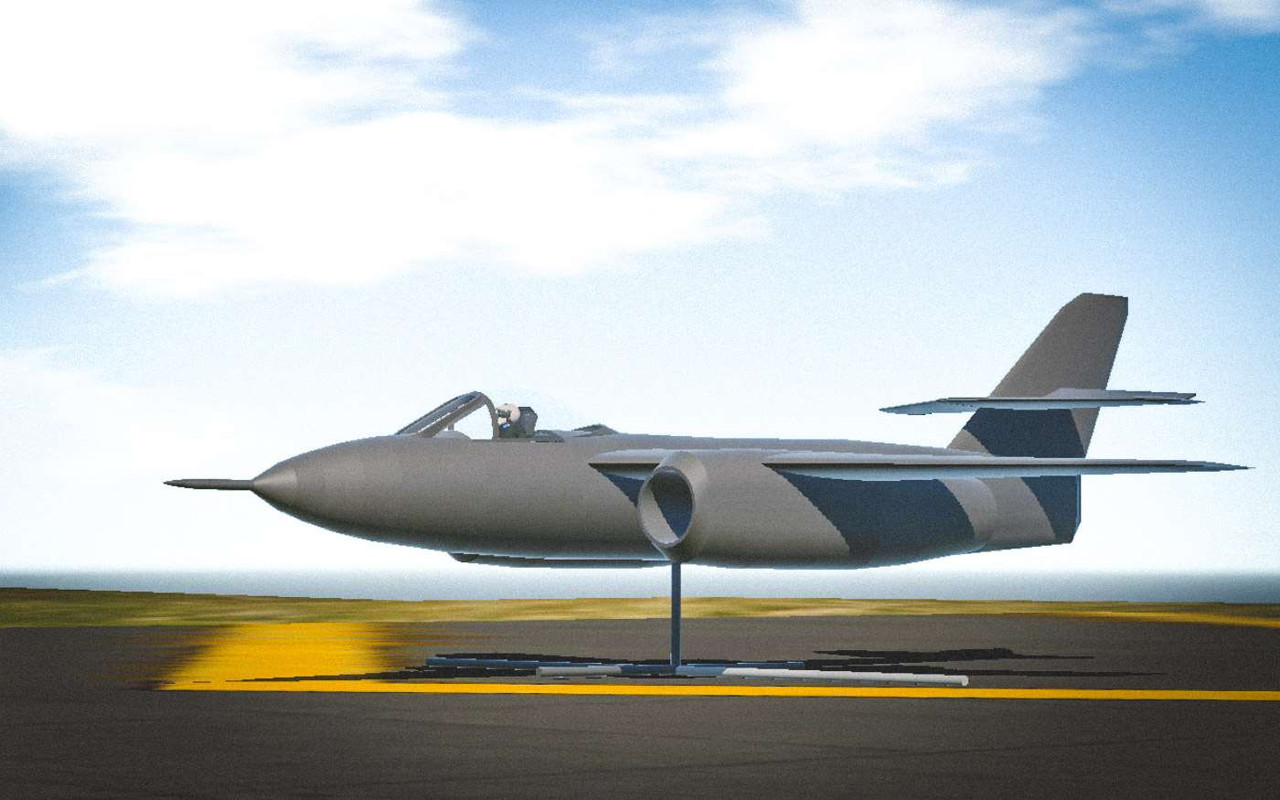
The first prototype, designated BF-220A-0, made its maiden flight on February 11, 1948, from a secret base in Bavaria.
Main Technical Characteristics:
Length: 17.4 m
Wingspan: 13 m
Empty Weight: 10 tons
Max Takeoff Weight: 16 tons
Engines: 2 KR-91 Turbojets, powerful but fuel-hungry
Top Speed: 1220 km/h
Range: 2500 km (without afterburner)
Armament: 2x 30 mm cannons, 2x 20 mm cannons, 4 internal bays (100 kg each)
Radar: Falken D-2, medium-range
Comms: Long-range tactical radio network
The design prioritized pure speed, at the expense of maneuverability. The aircraft proved so unstable that less than 10% of test pilots could handle it safely.
🛡️ 3. Operational Deployment (1950–1953)
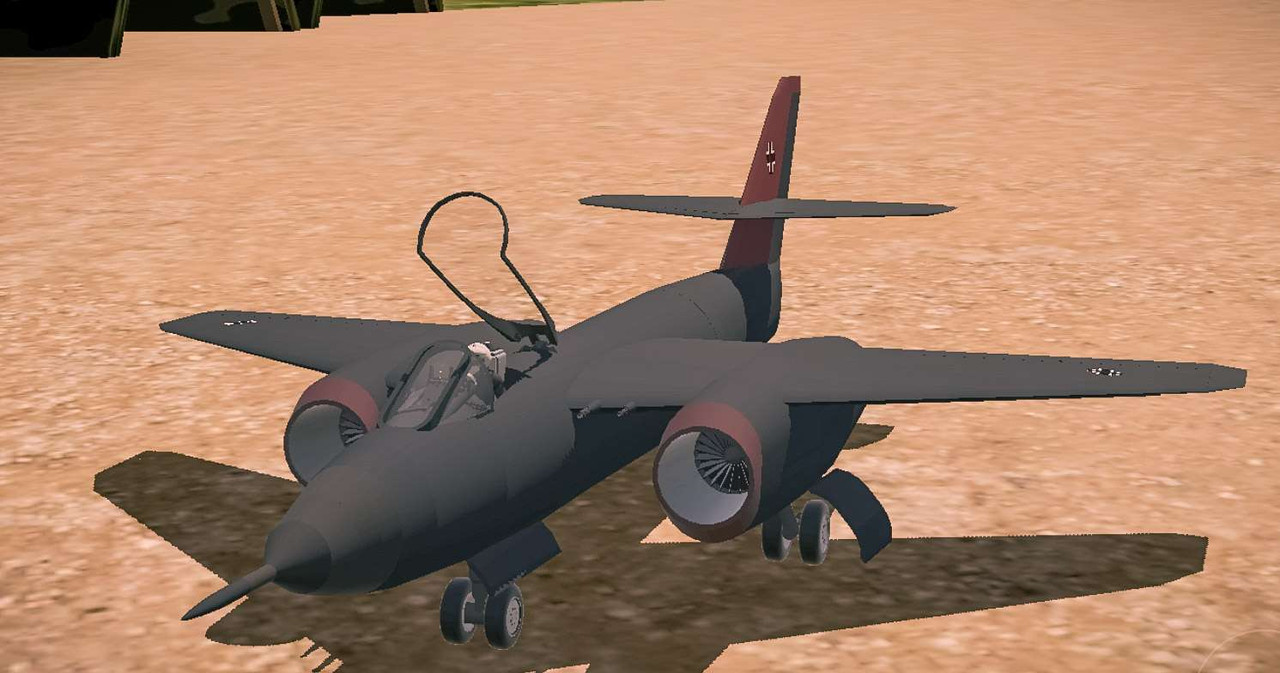
The BF-220 Dagon entered service in January 1950 with elite Luftwaffe squadrons like JG 71 "Black Lance".
Primary Roles:
High-altitude bomber interceptor
Precision strikes on strategic targets
Long-range patrols over the Atlantic and Black Sea
Common Tactics:
Rapid climb to 12,000 meters
Radar lock on bomber target
High-speed attack run (>1000 km/h)
Short but devastating cannon burst
Immediate retreat to refuel
A well-flown Dagon could shred a B-29 or Tu-4 in seconds… but only had 15–20 minutes of effective flight time under full power.
⚠️ 4. Flaws and Limitations
Despite its impressive specs, the Dagon suffered from major flaws:
Flaw Effect
Extreme fuel consumption Less than 20 minutes of flight at max thrust
Unstable below 300 km/h Aircraft would nose-dive no matter what
Unable to glide A dead engine = flat spin, uncontrollable
Very expensive to build As costly as six standard fighters
High maintenance 10 hours of service per flight
Bien sûr, voici uniquement les parties 5 à 7 traduites en anglais :
5. Soviet Capture and Strategic Blow (1951)
In 1951, the Soviet Union succeeded in capturing two fully intact BF-220 Dagons during a surprise operation near the Ukrainian front.
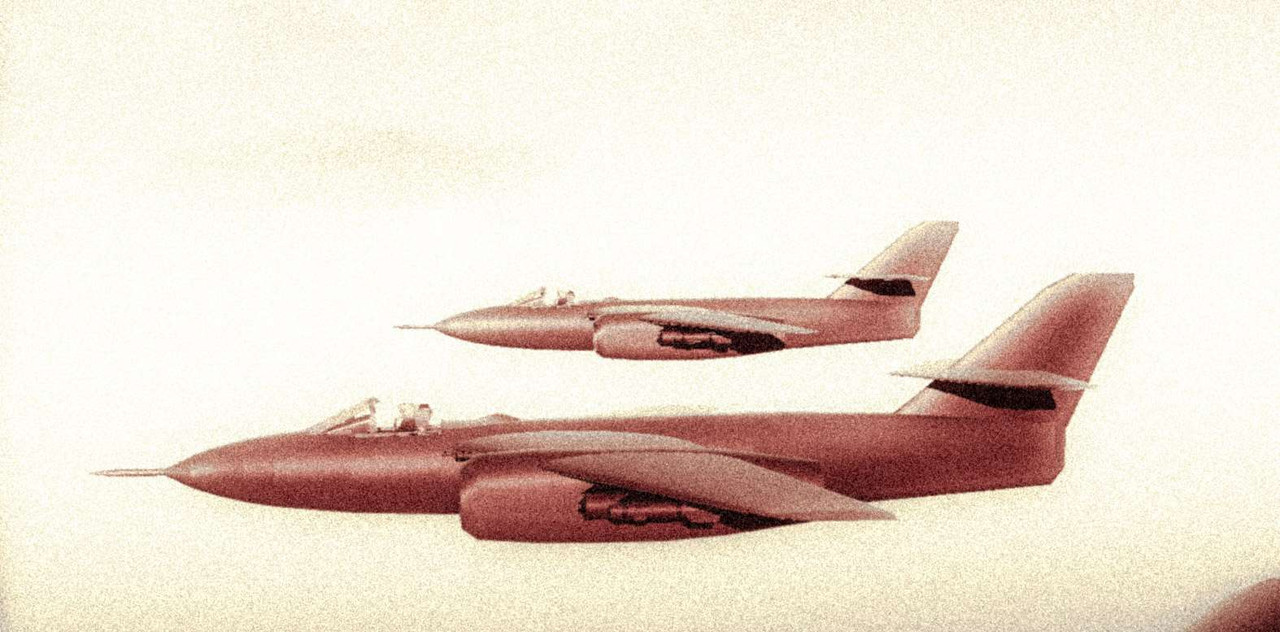
The aircraft were repainted in Soviet bare-metal finish, retrofitted with Fox-1 radar-guided missiles, and transported to Zhukovsky Air Base for extensive testing. Soviet engineers quickly began analyzing their design, avionics, and flight systems.
This event marked a devastating psychological and strategic loss for the Reich. The Dagon, once seen as untouchable, was now being flown and studied by its enemies. The Luftwaffe had not only lost one of its most advanced tools — it had also unintentionally handed over its secrets to the Eastern bloc.
From this moment on, the myth of the BF-220’s invincibility was broken.
📉 6. Decline and Production Halt (1953–1955)
As the Soviet counteroffensive advanced and the Allied second landing in southern France succeeded, the strategic situation worsened for the Reich.
Fuel shortages crippled the ability to deploy high-consumption aircraft like the Dagon.
Allied and Soviet bombers targeted Dagon production plants and airfields.
Several Dagons were lost on the ground, destroyed during surprise raids.
The remaining squadrons flew rare, desperate sorties, often ending in failure due to limited flight time and overwhelming opposition.
The last fully operational unit was wiped out during an interception mission near Bamberg in late 1954. Pilots, unable to maneuver due to fuel constraints, were picked off mid-flight.
By March 1954, the program was officially terminated, with only 164 units built in total.
7. Postwar Fate and Legacy
After the fall of the Reich in August 1955, the remaining BF-220s were either:
Destroyed to prevent capture,
Seized by the Soviets for reverse engineering, or
Shipped to the United States as war trophies and subjects of technological study.
Both the USSR and the US used the BF-220 as a valuable source of aerodynamic and propulsion research. Its design inspired early concepts in high-speed interceptors across both Cold War blocs.
Today, the Dagon is remembered as a symbol of:
Desperation over practicality,
Performance over sustainability,
Engineering brilliance ruined by strategic blindness.
advice :
🔷 BF-220 Dagon — The Black Falcon of the Reich
“Faster than anything you’ve ever flown — and just as deadly to its pilot as to its enemies, if you don’t respect it.”
You are invited to take the stick of one of the most extreme war machines ever imagined: the BF-220 Dagon. Developed by Nazi Germany in a timeline where the Western Allies were defeated, the Dagon represents the pinnacle of late-war Axis engineering — a high-speed, high-altitude interceptor and strike aircraft, built not for dogfighting, but for pure lethality and unmatched speed.
Developed by Blohm & Voss starting in 1947 and deployed in 1950, the BF-220 was the pride of a crumbling Reich. Measuring 17.4 meters in length, with a 13-meter wingspan, and powered by two enormous KR-91 turbojets, the Dagon could reach a blistering 1,220 km/h, with a theoretical range of 2,500 km — but in practice, at full afterburner, you’d be lucky to stay airborne for 15–20 minutes. Armed with 2x 30 mm and 2x 20 mm autocannons, and equipped with four internal bomb bays (100 kg each), it was also fitted with the Falken D-2 medium-range radar and an advanced long-range communication suite.
But with great power came great instability.
The Dagon was not maneuverable, unstable at low speeds, and incapable of gliding — meaning if either engine failed, the aircraft would flat-spin to the ground like a stone. It was designed purely for pilots at the top of their game — elite Luftwaffe veterans known as “Black Riders of the Sky.” In the hands of anyone else, it was little more than a high-speed coffin
the BF-220 Dagon is a true high-tier interceptor and strike aircraft, ideal for hit-and-run tactics and high-altitude bomber hunting. It dominates in boom-and-zoom engagements, where it can shred B-29s and Tu-4s in seconds with its devastating cannon burst, before accelerating away beyond retaliation. However, it’s a nightmare in a turning fight. If you try to outdogfight a Spitfire or a MiG, you’ll end up in a smoking crater.
Pro tips for aspiring Dagon pilots:
🟢 Keep your speed above 400 km/h — dropping below 300 makes it uncontrollable.
🟢 Use full thrust only for climb, attack, or escape — your fuel vanishes fast.
🟢 Aim your cannon carefully — your 30 mm bursts are lethal but limited.
🔴 Never cut the engines mid-flight — this plane does not glide. You will crash.
🔴 Avoid extended dogfights — you're not agile, and every second costs fuel.
🔴 Plan your landing carefully — overshooting the airfield is a real risk.
In the hands of a skilled pilot, the BF-220 is a celestial reaper — a high-speed executioner that terrifies bombers and punishes any pilot who dares to climb too high.
In the hands of a novice, it’s a death trap, a flying fuel tank that rewards recklessness with fiery destruction.
Will you prove worthy of its black wings?
AG: 1 cockpit opening
AG:3 internal hold opening
AG:4 Closing the landing gear traps yes you should do it yourself
AG:6 Right engine
AG:7 Left engine it is advisable in case of fire in one of the engines to turn it off and put full throttle with the other one in operation
Thank you for reading🙂
Specifications
Spotlights
- xYoshii_ 5 months ago
- TheUltimatePlaneLover 5 months ago
- Panzerwaifu 5 months ago
- GeneralCorpInc 5 months ago
- dabestsock 5 months ago
- SchmooveBrain 5 months ago
- SimplyElegant 5 months ago
- BluesynVN 5 months ago
General Characteristics
- Predecessor BF-220G Dagon
- Created On Android
- Wingspan 43.8ft (13.3m)
- Length 59.2ft (18.0m)
- Height 16.6ft (5.1m)
- Empty Weight 31,388lbs (14,237kg)
- Loaded Weight 37,955lbs (17,216kg)
Performance
- Power/Weight Ratio 3.552
- Wing Loading 79.5lbs/ft2 (388.4kg/m2)
- Wing Area 477.1ft2 (44.3m2)
- Drag Points 9546
Parts
- Number of Parts 378
- Control Surfaces 2
- Performance Cost 2,020

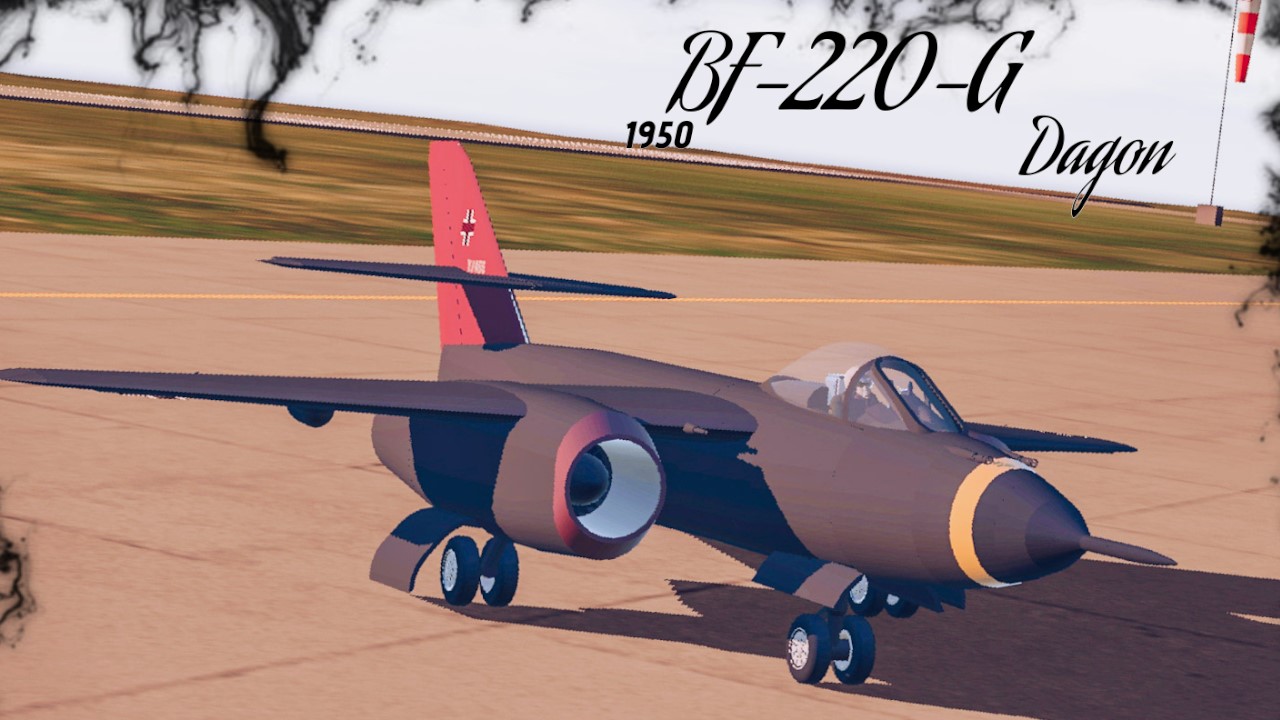
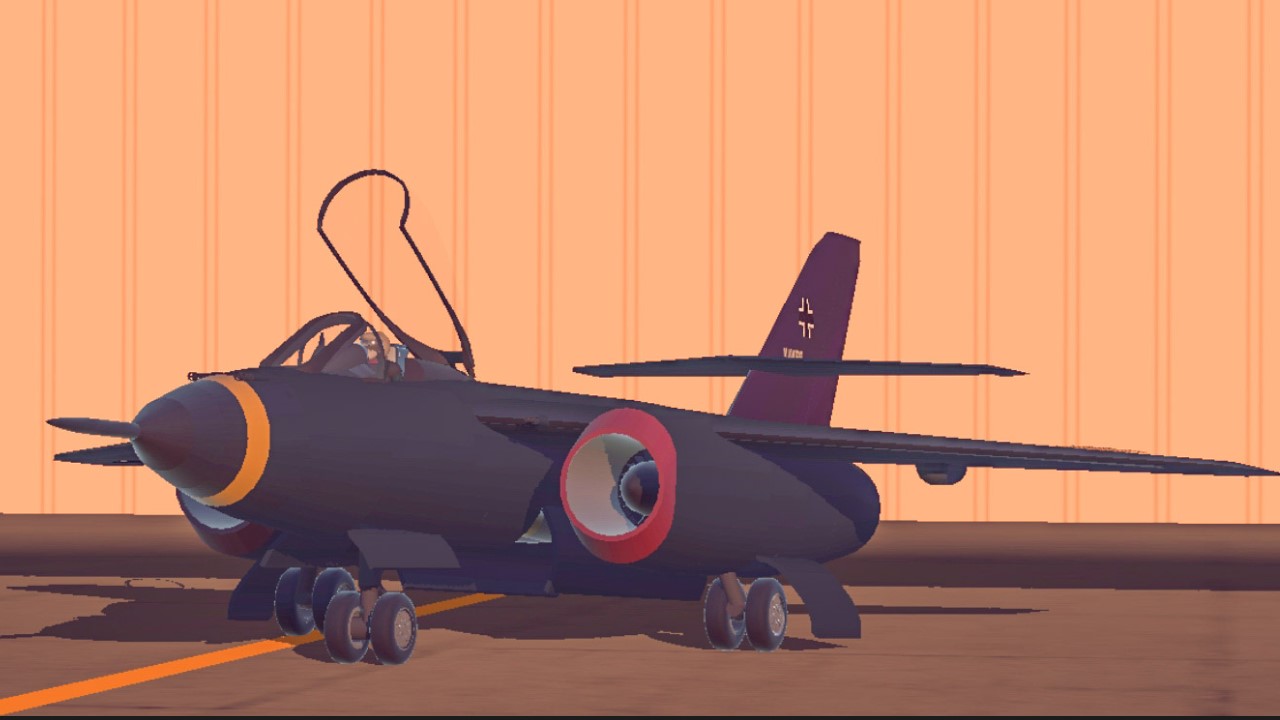
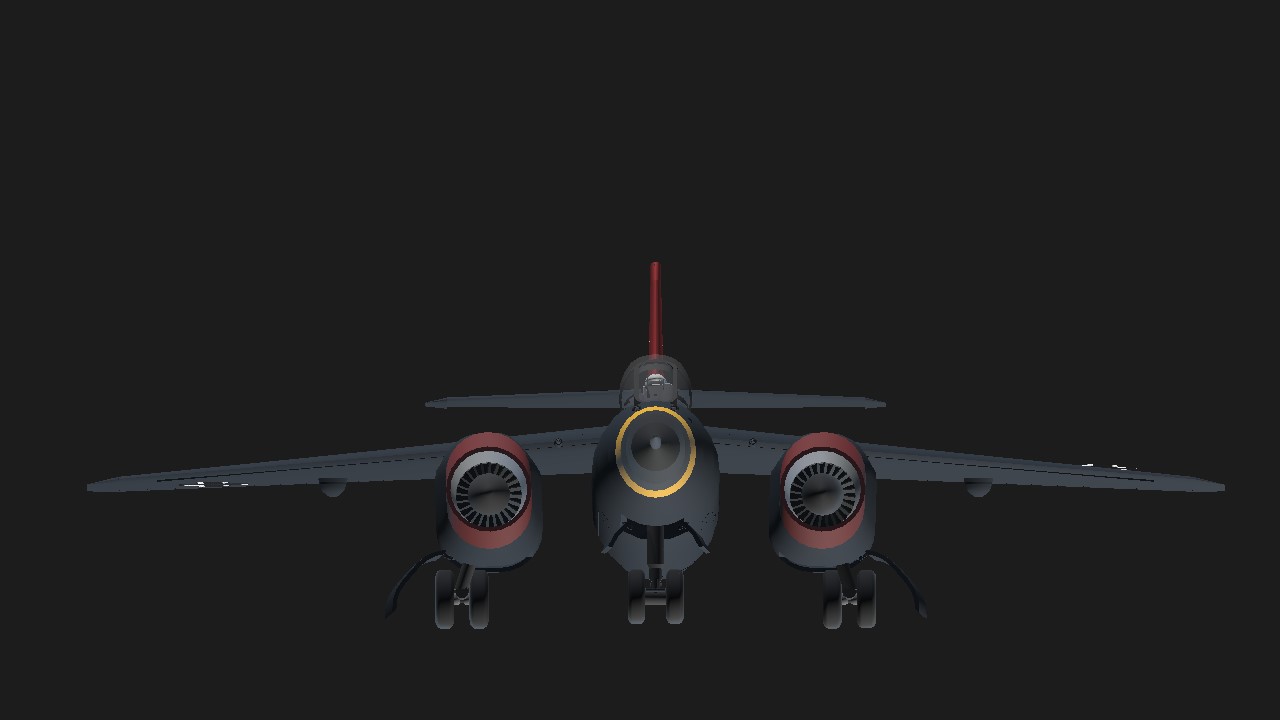
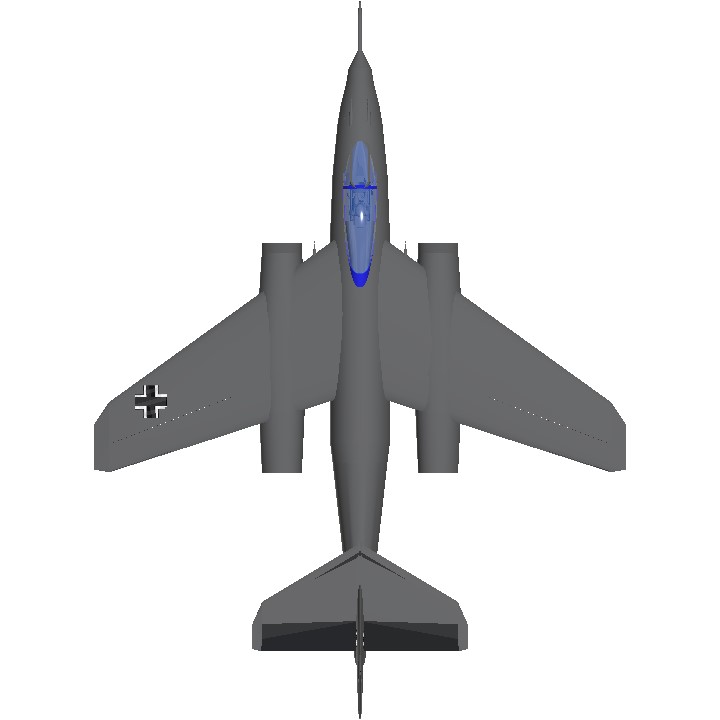
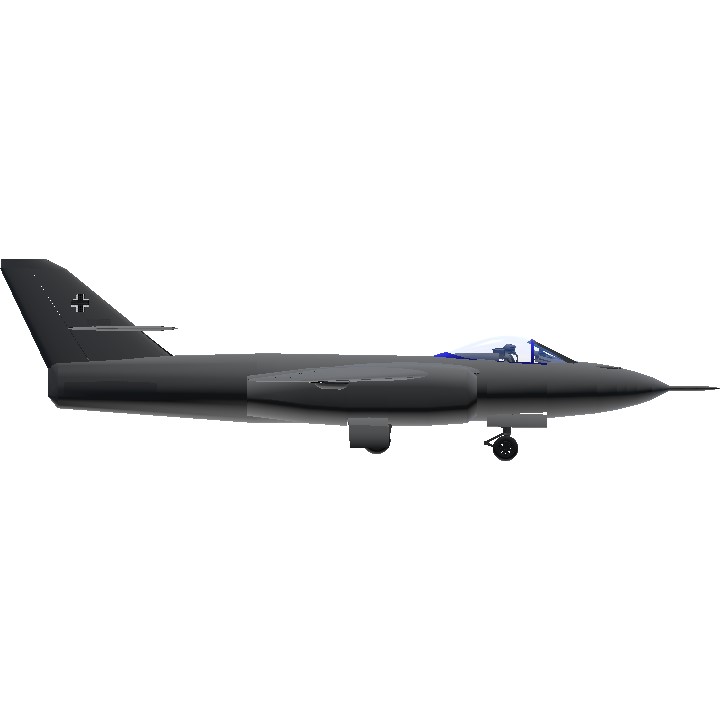
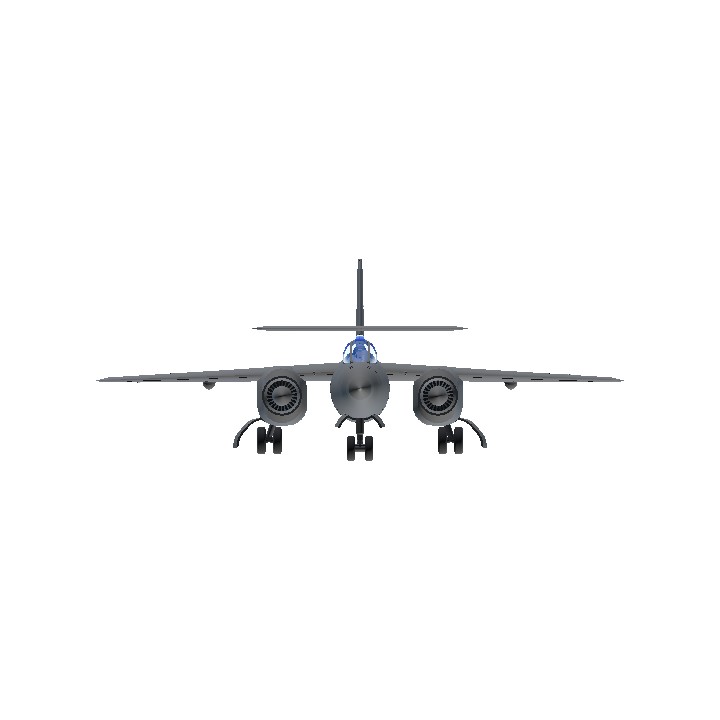
@Krikkit42 I originally wanted to call it the Me-272, but the resemblance to the BF-110 made me change my mind
and also because it's funny but thanks for the thought ( ╹▽╹ )👍🏻✨
Cool build, great lore! But why would a Blohm & Voss plane carry a ‘BF’ designation? Those were only used on early Messerschmitt designs still developed under the ‘Bayerische Flugzeugwerke’ brand.
Blohm & Voss airframes accordingly carried the ‘BV’ prefix. Just something to think about, maybe.
What's better than a plane? A plane with lore!
German Sud-Aviation Vatour